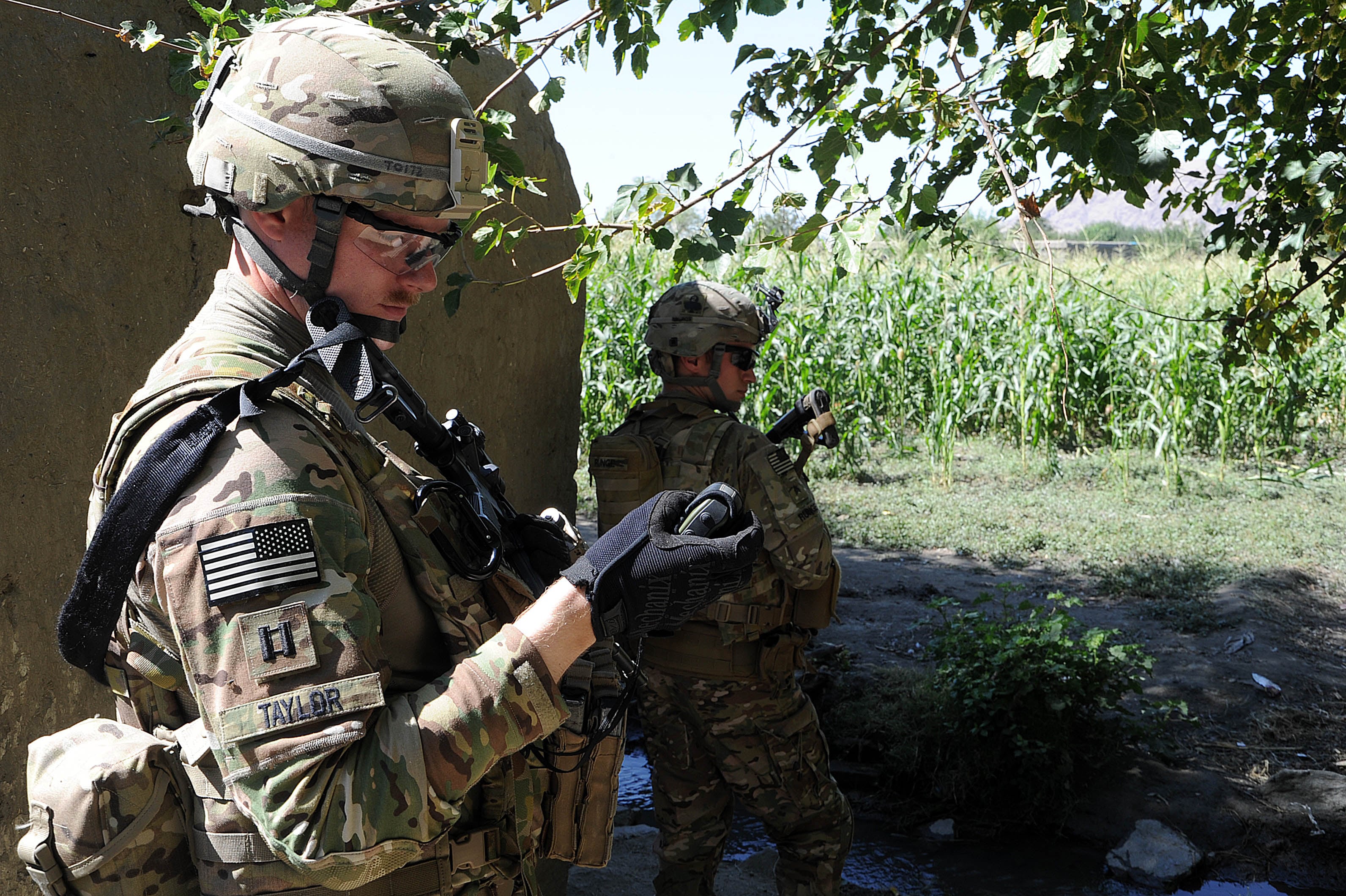If there’s a half-hearted criticism about the Air Force’s GPS satellites and the position, navigation and timing services they provide, it’s that perhaps the satellites have become too good, too accurate and too necessary.
In the decades since the satellites first launched, PNT has gone from being a luxury to becoming a minimum requirement for military planners across all the services.
As a result, “by becoming dependent on it, you’ve made it the biggest target in the way we fight, the way we do business,” said Naveen Joshi, director of Northrop Grumman’s assured PNT program. That means those PNT services are regularly the target of jammers as a way to disrupt munitions, communications and even common navigation.
The Army is already concerned with how GPS jamming might affect the deployment of its smart GPS-guided munitions. In the president’s recent budget request, the service asked for $14.3 million in fiscal 2019 with a total ask of $56.8 million across the future years’ defense program for research and development of assured precision weapons and munitions.
In addition, the Army’s Rapid Capabilities Office is exploring ways for ground vehicles to relay their coordinates and provide PNT capabilities, even when GPS isn’t available.
Joshi and others suggest the Department of Defense adopt a layered approach to PNT and assure war fighters can operate with the advantages it provides.
“The layered approach is an attempt to provide the most economical, scalable, multidomain, assured PNT system that is common for as many platforms as possible,” he said. “An individual solider is not going to want to add weight to their kit, so a more complex system that integrates new sensors would not be viable for him or her.”
The layered approach he describes includes four ingredients:
The hub. A hub can provide PNT services to multiple devices. Like a phone’s location services, a PNT hub combines data sources to provide accurate location and timing, and then distributes that information to other locally connected devices. This can be a benefit from an acquisition standpoint because it means the Army can upgrade its capabilities without upgrading every device connected to the hub.
Finding the best possible GPS for the hub. DoD users can get a GPS signal using precise code, known as P code, which is resistant to spoofing, or military code, known as M code, which has multiple protections, or even the civilian acquisition code, known as C/A code. “In this context, the best possible today is M code, then P code and then C/A code at the end,” Joshi said.
Validation of the data you have. Because GPS jamming and spoofing is becoming more common, users need to have an awareness that an adversary may be trying to trick you. “At some point you have to make a decision. Do I trust this signal or not?” Battlefield leaders can add software to devices to ensure a signal’s success.
Keeping the GPS signal as long as possible. The way to do that is to employ anti-jam techniques, such as nulling, beam forming, and specially designed GPS antenna and counter noise. “When you have a GPS signal that you trust, you want to retain that signal for as long as possible,” Joshi said. “The way you lose it is when an adversary creates radio noise to interfere with the signal.”
Beyond this layer, if users are still in a GPS-denied environment, they can turn to radars or communications on existing platforms to cross reference, such as future mapping technologies. Or users can turn to new sensors on a platform.
A layered approach may not be universally applicable. For example, some vehicles may use a hand-held GPS; a more complicated hub may not be plausible. Submarines, for example, have their own answer, including using different of sensors.
But when a layered approach is used, Joshi said, soldiers can make the most of the capability and complete their mission.








